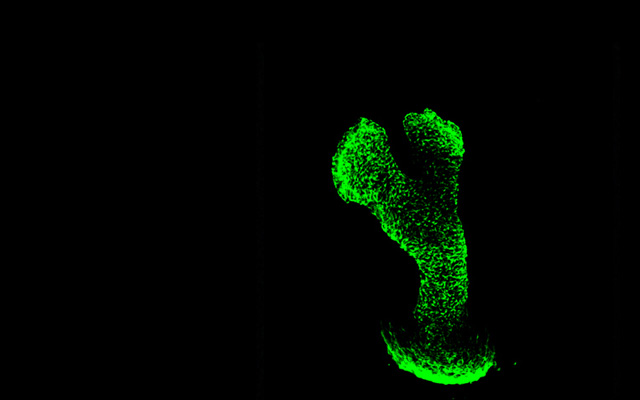Trx1 Alleviates 6-OHDA-Induced Inflammatory Injury in SH-SY5Y Cells by Suppressing ROS
YANG Peisong, ZHANG Boxi, XIA Yuxin, LÜ Hongming, XU Bin, LI Shize*
This study investigated the protective effects of Trx1(thioredoxin 1) overexpression against 6-OHDA (6-hydroxydopamine)-induced cytotoxicity in SH-SY5Y cells. An adenoviral vector carrying the Trx1 gene (Ad-Trx1) was transfected into SH-SY5Y cells to establish a Trx1 overexpression model. Experimental groups included: control (Ad-GFP), Trx1 overexpression (Ad-Trx1), 6-OHDA treatment (Ad-GFP+6-OHDA), and Trx1 overexpression+6-OHDA treatment (Ad-Trx1+6-OHDA). Western blot and qRT-PCR were employed to validate Trx1 overexpression and assess inflammatory factor expression. Cell viability was measured via CCK-8 assay, LDH (lactate dehydrogenase) release was quantified using commercial kits, and ROS (reactive oxygen species) levels, late apoptosis, and necrosis were evaluated via fluorescence staining. Results demonstrated that Trx1 mRNA abun dance and Trx1 protein expression were significantly elevated in the Ad-Trx1 group compared to controls, with green fluorescence confirming successful transfection. Overexpression of Trx1 markedly attenuated 6-OHDA-in duced reductions in cell viability and suppressed LDH release. Fluorescence staining revealed that Trx1 overexpres sion reduced ROS accumulation and mitigated late apoptosis and necrosis in 6-OHDA-treated cells. Furthermore, qRT-PCR and Western blot indicated that Trx1 overexpression downregulated 6-OHDA-induced inflammatory cytokine expression. These findings suggest that Trx1 overexpression alleviates 6-OHDA-induced inflammatory in jury in SH-SY5Y cells by reducing ROS accumulation and inhibiting apoptotic/necrotic pathways.




 CN
CN EN
EN